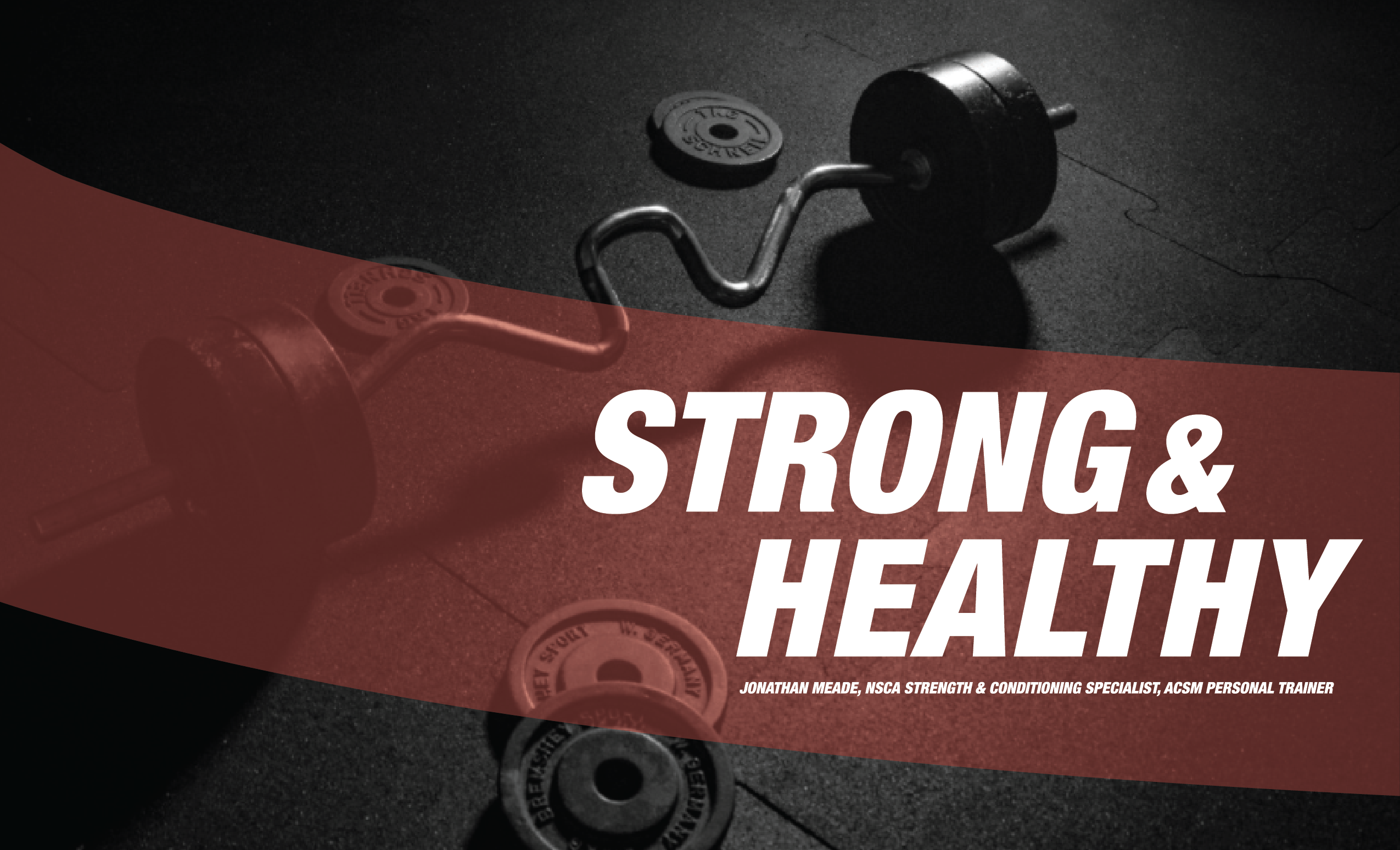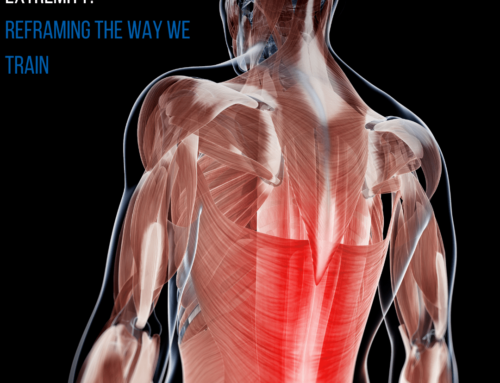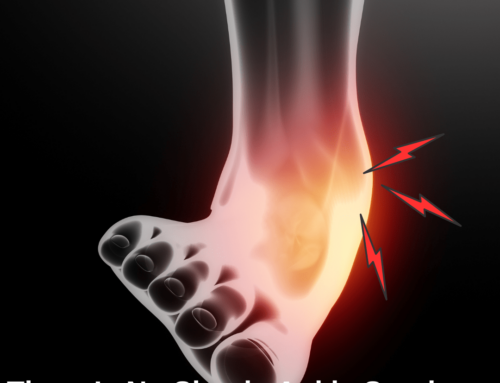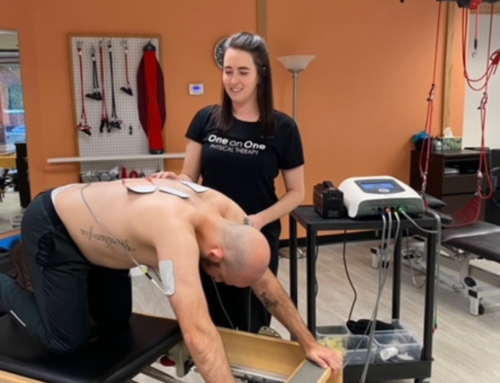Developing a Strong, Healthy Body
There are a few qualities that everyone pursues in the journey to health, performance, and aesthetic/other personal objectives. Almost everyone’s physical goals fit within those three categories. The qualities that make up our goals can usually be found in building muscular strength, muscular size, speed, endurance, altering body composition, and weight loss/gain (i.e. a wrestler cutting weight). The key difference in pursuing these goals is in the vastly different paths it takes to reach them. Unfortunately, setting sail across an ocean of misinformation, dangerous anticlimactic program design, and your own personal approach to “how you’ve always done it” usually won’t get you the results you’re wanting.
Building Strength
Strength is the ultimate physical quality. It is quantifiable evidence of the mind and body’s ability to generate force into our surrounding environment. Before any movement quality can be displayed in that environment though, we first have to learn correct movement otherwise you may be setting yourself up for an injury up front or later on. It might seem simple, but most people have difficulty with squatting, hinging, and other basic foundational movements. An inability to perform the most basic movements quickly translates into compensation by other parts of the body that will pick up the slack for weak areas that should be activating in their place – and your body will continue to use the improper motor recruitment patterns as the discrepancy worsens leading to decreases in range of motion, pain, and lack of function…
HOWEVER…
This can be fixed! AND VERY QUICKLY. Once the body is in proper alignment and operational without pain, motor patterns can be learned and absolute strength (the highest level of force you can generate) can begin to develop! Under the right supervision, specific protocols and progression can be used to increase your strength at this point. I define “Essential Strength” as the minimum level of strength required to perform foundational movement patterns and ADLs (Activity of Daily Living). Essential Strength is very important and should be established before pursuing higher levels of strength to truly create a lasting impact on reduced injury risk and mobility among other qualities. Once this baseline of general strength has been established, absolute strength gains should be pursued to better enhance these movement patterns and ADLs for the long haul.
In strength sports, plateaus are often discussed but the best strength and conditioning coaches in the world scoff at the idea of someone getting stuck in a plateau because tweaks to power development and athletic ability can always improve (strength, speed, fitness). For working adults and athletes, “functional training” has become an appealing fad in part due to the misinformation surrounding lifting safety and heavy weights as well as the easy way to convey how it should improve certain qualities. “Functional training” places an emphasis on high levels of variation, isolated muscle activation, and multi-movement exercises. There is a place for these “functional exercises” in training, however developing absolute strength through singular movement patterns has a much greater impact on local and global strength and providing a much greater stimulus to the body especially in beginner and intermediate level lifters (a professional athlete may very well be a beginner lifter). Upon reaching higher levels of strength, “functional exercises” should be implemented sparingly as they provide a lesser stimulus to the body than other simple movements that challenge the body with additional loads but strategically can provide effective coordination in Essential Strength movement. “Functional exercise” is effective in developing coordination, however exercises need to increase in global demand to provide any worthwhile short term effect. It can also be pointed out that at a certain level coordination and balancing exercises stop becoming specific to daily movement and take up more time than providing additional benefit. Developing stability and mobility up the kinetic chain builds strength in ways that translates into regular movement demands much faster than “functional exercises” and has a much greater global effect on your body.
As we continue to build strength, our body adapts to training and progress may appear to slow down as greater and greater stimuli are required to generate greater strength gains. Strength maintenance is important and becomes a greater point of concern as higher levels of strength develop (~2.5x body weight or more). Once you’re lifting and progressing beyond this level, what purpose does that actually serve? Well, that’s where specific goals differentiate the purpose. Continued pursuit of maximal strength is definitely not always required and as progress continues greater movement abilities may be addressed that offer challenge through fatigue-resistance, aesthetics, greater ability to perform difficult tasks in life (i.e. moving furniture, climbing mountains, a safer/stronger golf swing, etc.), injury prevention, and/or speed/sport specific movements. For sports performance, increasing maximal strength is needed and translates into greater athleticism when speed is strategically addressed through force-velocity curve manipulation. For general health, maximal strength has a strong relationship with bone mineral density, joint health, decreased risk of falls and injury, long term quality of life and quality of movement, and much more. For endurance athletes, absolute strength development has been found to decrease the effect of long periods of high impact movement, make movement more efficient (making running easier), address imbalances that may arise from repetitive movement, and provide an effective tool for chronic injury prevention. For aesthetics, absolute strength increases the ability for greater tension/stress on the body which means that greater tension (force) can be regarded in time under tension. Also, in recharge weeks lean mass gaining individuals can benefit by decreasing volume while increasing intensity (approach their max strength in movements) which helps reduce risk of injury.
Building Muscle
Muscle size is correlated with increases in strength, however relative strength training allows for increases in strength without development in muscle size depending on how training is approached. For the athlete, muscle needs are often clear (i.e. football players needing a lot of protective muscle and size vs. cyclists who benefit from decreased upper body muscle). Absolute strength has its place in developing muscle size, however the key to building muscle size is repetition and providing stimuli that push an individual to localized muscular fatigue regularly. The water gets murky as overtraining can easily be reached by working out with so much volume, and areas of the body that haven’t recovered may lead to overuse injuries in the joints and even muscle tearing in circumstances of poor planning and form. Under the right supervision and guidance (strength and conditioning coach), you will not develop these injuries as your body has time to adapt and repair based on how your body is reacting to training.
How Quickly Can You Build Strength, Muscle, or Lose Weight?
Strength has been shown to significantly improve after just ONE TRAINING SESSION. Over longer periods of time 6-12 weeks of training, strength has been seen to increase between 75-150% under the eye of an experience coach! The increases in strength are brought about by a combination of enhanced neuromuscular efficiency, improved motor control, greater muscle volume, and several other cellular responses. Muscle size development usually takes 4-6 weeks for the body to show visible increases in muscle, but conditioned athletes may have a faster response as their bodies may be excellent at repair. Muscle soreness often accompanies the start of a new training program. However, after a few weeks of consistent training, your body will adapt and become more efficient at contraction efficiency in the movements being training – meaning soreness will eventually go away as muscle becomes more elastic and better at contracting and relaxing.
A Strength and Conditioning Coach/Trainer can provide you with valuable help. They can help you develop your goals, provide you with accountability, make sure you’re on the right plan for you to reach your goals as quickly as possible, constantly evaluate your progress and make adjustments based on what they see, check your form and provide you with cues during your exercise to keep you safe, and give you the exercises and long term program you need to reach your personal goals. Always ask for results, experience, education, and how long it will take when you’re searching for a coach/trainer. Safety should always be the number one priority for every coach/trainer and you should pick up on that immediately.
Jonathan Meade is the owner and a Strength & Conditioning Coach for Absolute Strength and Fitness that operates within One on One Physical Therapy. He helps individuals of all ages and backgrounds reach their sports performance, health, and aesthetic goals and needs. His education includes a MS in Kinesiology from UGA, a BS in Exercise Science, and multiple highly regarded certifications. For years he has helped people reach the next level of sports, get stronger than ever, and develop their body to reach their goals quickly and safely. Contact Jonathan at absolutestrengthandfitness@






